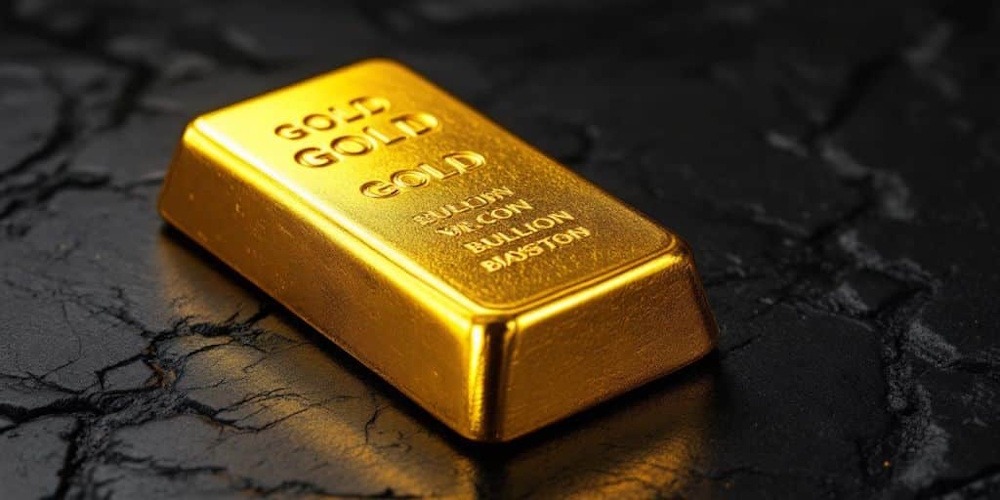
Gold yesterday settled lower by 0.23% at Rs 1,21,232 as diminishing expectations for an additional rate cut by the U.S. Federal Reserve and a decline in safe-haven demand, driven by improving U.S.–China trade relations, exerted downward pressure on prices. The declaration of a trade truce, which includes a one-year agreement on rare earths and critical minerals along with modifications to tariffs, has bolstered the dollar while exerting downward pressure on bullion prices.
Nonetheless, the downside has been constrained owing to persistent robust purchasing by central banks, which has offered steady backing to the market in recent months. The World Gold Council reports that global central banks acquired approximately 220 tons of gold in the third quarter of 2025, reflecting a 28% rise compared to the preceding quarter. Kazakhstan took the lead in acquisitions, whereas Brazil executed its inaugural gold purchase in more than four years. In the third quarter, global gold demand experienced a notable increase of 3% compared to the previous year, reaching 1,313 metric tons, marking the highest quarterly level recorded.
This growth was primarily fueled by a significant 17% rise in bar and coin investment demand, alongside an impressive 134% increase in ETF inflows. The gains counterbalance a 23% decline in jewellery fabrication, attributed to elevated prices that have restrained retail purchases. On the supply side, recycling increased by 6% and mine output expanded by 2%, resulting in total quarterly supply reaching unprecedented levels.
From a technical perspective, the market is experiencing long liquidation, evidenced by a slight decline in open interest of 0.05% to 13,019, alongside a price decrease of Rs 276. Gold is currently finding support at Rs 1,20,465, with a potential decline below this level likely to test Rs 1,19,700. Conversely, resistance is identified at Rs 1,22,160; surpassing this threshold could propel prices to Rs 1,23,090.
